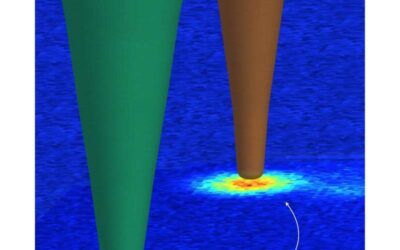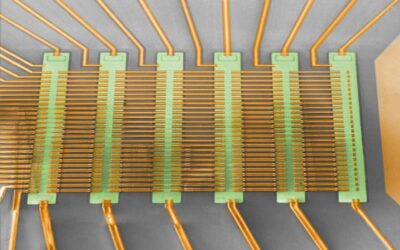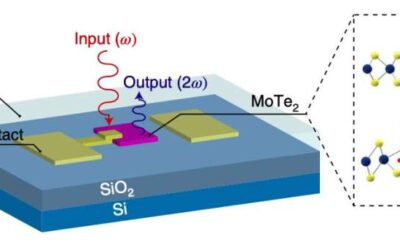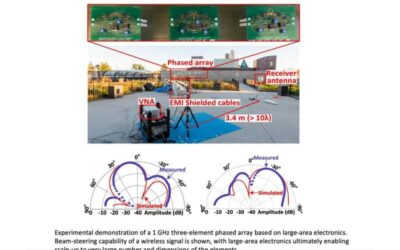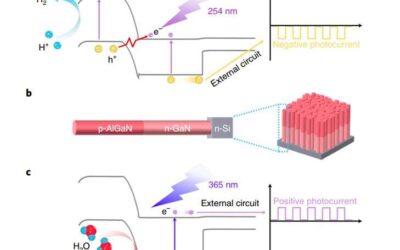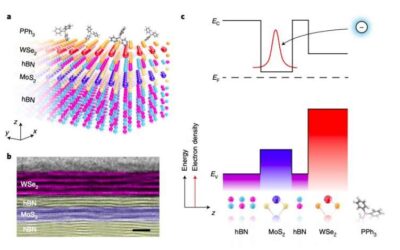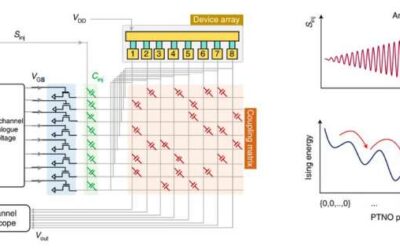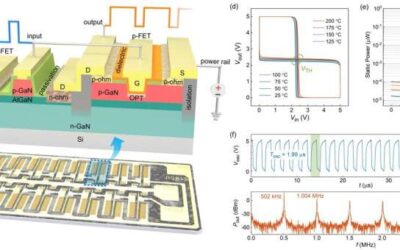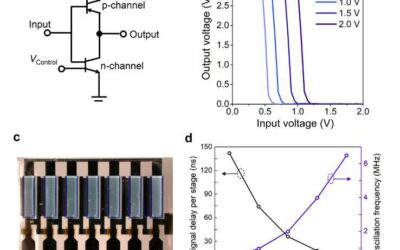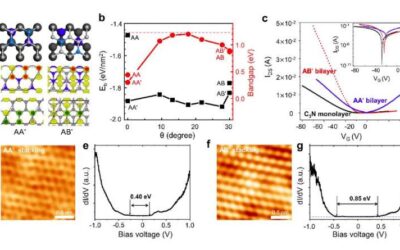Color centers are atomic imperfections in crystalline solids that absorb visible light of a particular color or radiation. These defects, typically in the form of missing atoms or substitutional impurities, can produce a characteristic color in materials that are...
Electronics & Semiconductors
New memcapacitor devices for neuromorphic computing applications
To train and implement artificial neural networks, engineers require advanced devices capable of performing data-intensive computations. In recent years, research teams worldwide have been trying to create such devices, using different approaches and designs.
A strategy to directly modulate the second-order optical susceptibility of monolayer molybdenum ditelluride
Nonlinear optics is a research field that explores how intense light interacts with matter. Typically, the optical response of materials is linearly associated with the amplitude of the electric field applied to them. At particularly high amplitudes, however, the...
A wireless system based on large-area electronics operating at gigahertz frequencies
Large-area electronics (LAE) is an emerging technology for electronic device manufacture, such as printing or large-scale lithography, the process used to create flat panel displays and solar cells. Using LAE processes, engineers could create systems that are large...
A strategy to manipulate photocurrent direction in p-n heterojunction nanowires
Semiconductor p-n junctions are boundaries between two types of semiconductors (i.e., p-type and n-type semiconductor materials). These junctions are crucial components of many modern electronic devices.
A strategy to remotely modulate the doping of 2D transistors
When fabricating electronic devices based on conventional semiconducting materials, engineers need to complete a crucial step known as doping. Doping essentially entails the introduction of impurities into semiconductors to enable the modulation of their optical,...
The realization of an Ising Hamiltonian solver based on coupled phase-transition nano-oscillators
Combinatorial optimization problems are a class of hard computational problems that are commonly solved by computers for a variety of applications. Combinatorial optimization algorithms, for instance, allow economists to make predictions about a given market or help...
Researchers realize gallium nitride-based complementary logic integrated circuits
Most integrated circuits (ICs) and electronic components developed to date are based on silicon metal-oxide-semiconductor (CMOS) technology. As silicon (Si) is known to have a narrow bandgap, however, in recent years engineers have been trying to develop ICs using...
Researchers realize vertical organic permeable dual-based transistors for logic circuits
Integrated circuits (ICs) based on organic transistors have many valuable applications, for instance, in the fabrication of paper-like displays or other large-area electronic components. Over the past few decades, electronics engineers worldwide have developed a...
Researchers demonstrate the bandgap engineering of 2D C₃N bilayers
Silicon-based transistors are rapidly approaching their limits, both in terms of speed and performance. Engineers and material scientists have thus been trying to identify alternative materials that could enable the development of faster and better performing devices.

